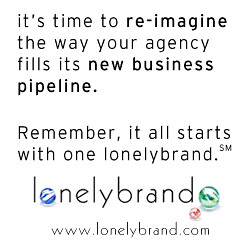 There's a trend happening in the Millennial consumer segment that needs to be called out directly. It's been happening for a while now, but recently I believe leaps in smartphone technology have dramatically accelerated unmet consumer demand for smarter, faster and more usable mobile devices.
There's a trend happening in the Millennial consumer segment that needs to be called out directly. It's been happening for a while now, but recently I believe leaps in smartphone technology have dramatically accelerated unmet consumer demand for smarter, faster and more usable mobile devices.For the Millennial workforce smartphones are now a competitive advantage and a perquisite to successful adaptation.
But wait, haven't smartphones been a staple of the professional workforce for the last five years? You bet. But until now the trend has largely applied to corporate email. Blackberry devices paved the way for an entire generation to be on the clock twenty four hours per day. That's great (or not so great if you enjoy uninterrupted downtime) but what I'm talking about is fundamentally different.When AT&T and Apple opened for iPhone 4 pre-sales on June 15th, 2010 their servers were immediately crushed by an influx of traffic. You've probably read the stories by now. The end result? Apple and AT&T completely sold out of iPhone 4 in pre-sale. AT&T made this statement:
"In addition to unprecedented pre-order sales, yesterday there were more than 13 million visits to AT&T's website where customers can check to see if they are eligible to upgrade to a new phone; that number is about 3-times higher than the previous record for eligibility upgrade checks in one day."
I'm using iPhone as an example of the trend accelerations I've described before and seen on other recent device releases, notably a bevy of Android smartphones.
 Great. So what does it mean for brands and advertisers?
Great. So what does it mean for brands and advertisers?
It's finally time to tap the masses of notoriously hard to reach Millennial wallets, and smartphones will provide the bridge to do so. Average time spent on these mobile devices is about to go up. Way up. When selecting ad platforms, look for those that are providing superior experiences. The future of these systems has already been solved in other parts of the world, and though all markets are different, it won't hurt to take a look outside your borders for inspiration. The smartest marketers will be ahead of this already fast-moving trend - shifting significant budget to rich and innovative mobile advertising before the research reports hit.Nick Kinports (follow him on Twitter @ADMAVEN) has worked in the interactive technology world for over 9 years, and helps the Fortune 100 identify unmet consumer needs, create ideas to fill those needs, and bring them into market. He currently works at Maddock Douglas.




